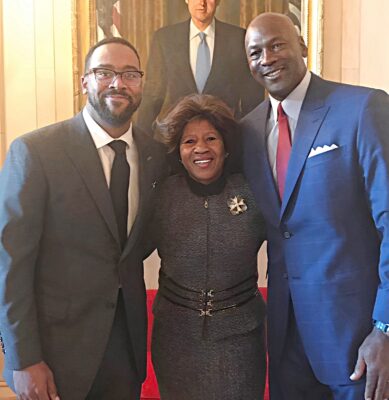The Discovery Of The Miniature Coffins In Edinburgh’s Arthur’s Seat
Three Scottish boys out hunting rabbits in June 1836 stumbled onto a little cave in the rock that was concealed by three-pointed slate slabs. Inside were 17 tiny coffins that were concealed.
The coffins were only “three or four inches long,” according to Charles Fort (1874-1932), an American author and researcher who specialized in abnormal phenomena.
There were tiny wooden figures within the coffins. They each wore clothing differently in terms of style and fabric. There were two tiers of eight coffins, and a third one started with one coffin.

Three miniature coffins are on display in the National Museum of Scotland. Image credit: The National Museum of Scotland
The coffins had been deposited singly, in the little cave, and at intervals of many years. In the first tier, the coffins were quite decayed, and the wrappings had moldered away. In the second tier, the effects of age had not advanced so far. And the top coffin was relatively recent looking.”
The Scotsman reported on July 16, 1836, that a number of the figurines were either severely harmed or completely lost as a result of the boys’ easy use of the crumbling stash as a weapon against one another. Some of the coffins, fortunately, were still in good condition, and they were sold to Robert Frazier, a jeweler and private collector on South Andrews Street, where they stayed until being given to the National Museum of Scotland in 1901. Only eight figurines remain, each in a different condition of decay.
In Whose Image Were The Carved Figures Made?
All of the human effigies were dressed differently. They must have been designed to stand in for other people. According to the Scotsman, the figures “were dressed from head to foot in cotton clothes, and decently laid out with a mimic representation of all the funereal trappings which usually form the last habiliments of the dead.”
Experts and laypeople alike have proposed a number of intriguing and even unbelievable explanations to explain who placed the artifacts in the cave and why ever since the coffins were found.
Scotland has long been where many people were, and some still are superstitious.

The miniature coffins are still an unsolved mystery. Image credit The National Museum of Scotland
Satanic spell-manufactory!’ cried The Scotsman, the first paper to report the tale, in an article published on July 16, 1836:
“Our own opinion would be – had we not some years ago abjured witchcraft and demonology – that there are still some of the strange sisters hovering around Mushat’s Cairn or the Windy Gowl who retain their ancient power to work the spells of death by entombing the likenesses of those they wish to destroy.
Later, other theories were put forth. Some people tried to justify the coffins’ existence by invoking witchcraft, while others put forward the possibility that the sailors may have kept them around to fend off death.
Another common misconception is that Burke and Hare, two notorious serial killers, were remembered in the creation of each of the figurines. Less than ten years prior to the boys’ discovery on Arthur’s Seat, the deadly pair had taken the lives of seventeen Edinburgh residents.
The National Museum of Scotland claims that while it’s conceivable the coffins were constructed by two different people, “the figures all look to be made by the same hand.

A close-up of two of Edinburgh’s mysterious miniature dolls. Are these intended to be the faces of two victims of the notorious bodysnatchers Burke and Hare? Credit: National Museum of Scotland.
The coffins may have been created by a shoemaker based on some of the materials and instruments used, including wood, iron accents, nails, and a sharp, hooked knife.
The figures appear to be a set, and given their upright posture, level feet, and swinging arms, it’s possible that they were toy soldiers. Their eyes are open, making it unlikely they were originally designed as corpses.
Some of the figures are missing their arms – perhaps removed so that they would fit in the coffins.
The fabric the little bodies are dressed in dates from the early 1830s, so they hadn’t lain buried for more than six years.”
Today, the remaining eight coffins and their contents are on display at the National Museum of Scotland on Chambers Street.











